Kashmir Great Lakes Trek
Duration7 Days
Max Altitude13750 ft
Difficultymoderate
Trek Distance74 km
Pickup PointSrinagar
Best TimeJul to Sep
Offers

FREE Travel Card

FREE Rs.500 Voucher
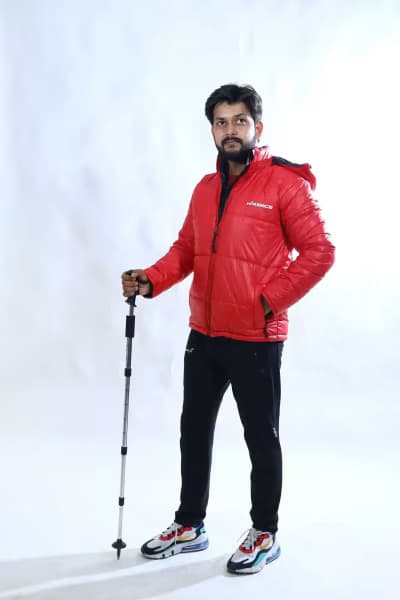
75% Discount on Hikerce Jacket

50% Discount on Hikerece Rucksack

10% Discount on Volvo Bus Booking

15% OFF on Moustache Hotels
Package Options
About
Day 1
Day 2
Day 3
Inclusions and Exclusions
Inclusions
Exclusions
Packing List
Make sure you have everything you need
- Back Pack (65L to 75L)
- Warm clothes (5–6 layers)
- 5–6 pairs of socks
- One pair of gloves
- 1 Warm Jacket
- 1 Pair Warm Cap
- Hiking Shoes
- Raincoat or Poncho
- Toilet Papers
- Water Bottle (thermal water for the snow trek)
- Snacks like dry fruits, energy bars, candies, etc.
- Power bank or charger
- Sunscreen, lip guard, or moisturizer
- Torch
- One valid ID proof
- Tiffin Box
Featured Treks
Certified Trek Leaders
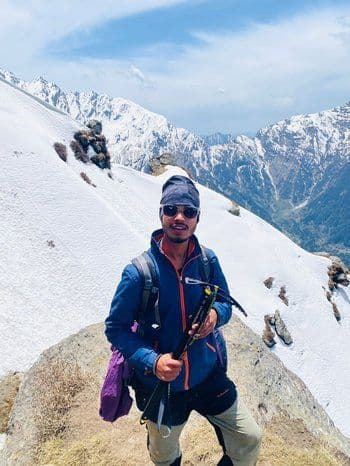
Gagan Thakur
Certified Trek Leader
AMC Jwahar Lal Nehru
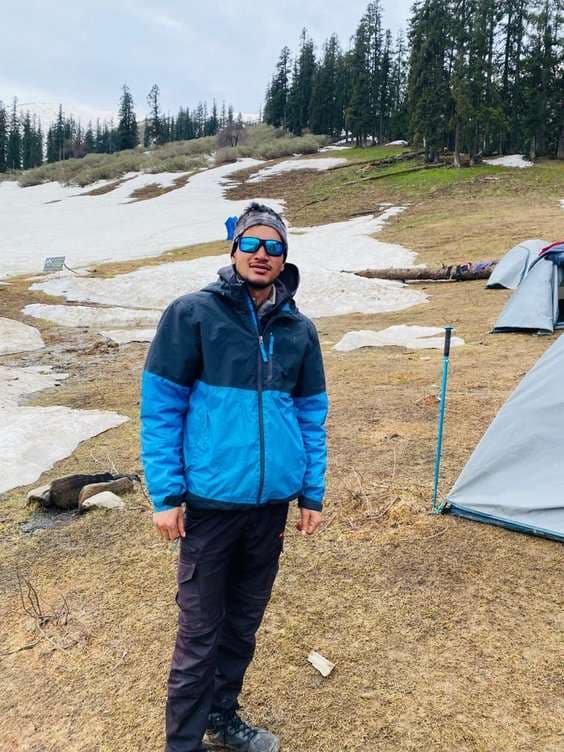
Narendra Singh Negi
Certified Trek Leader
BMC NIM
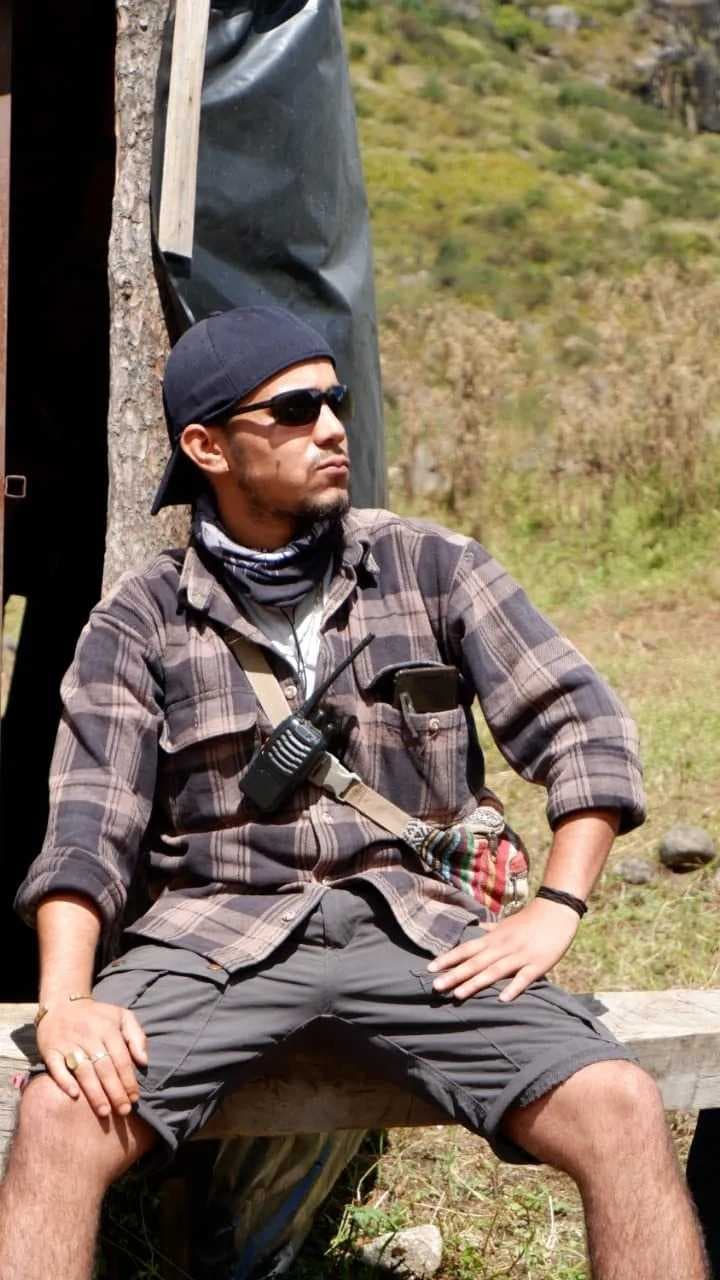
Devraj Debral
Certified Trek Leader
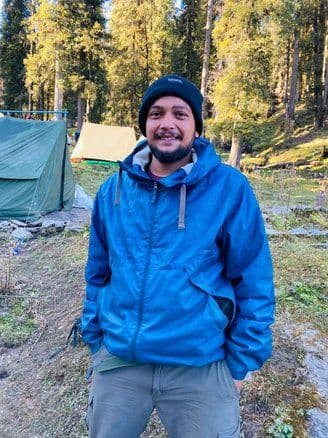
Shubham Kotnala
Certified Trek Leader
BMC, NIM
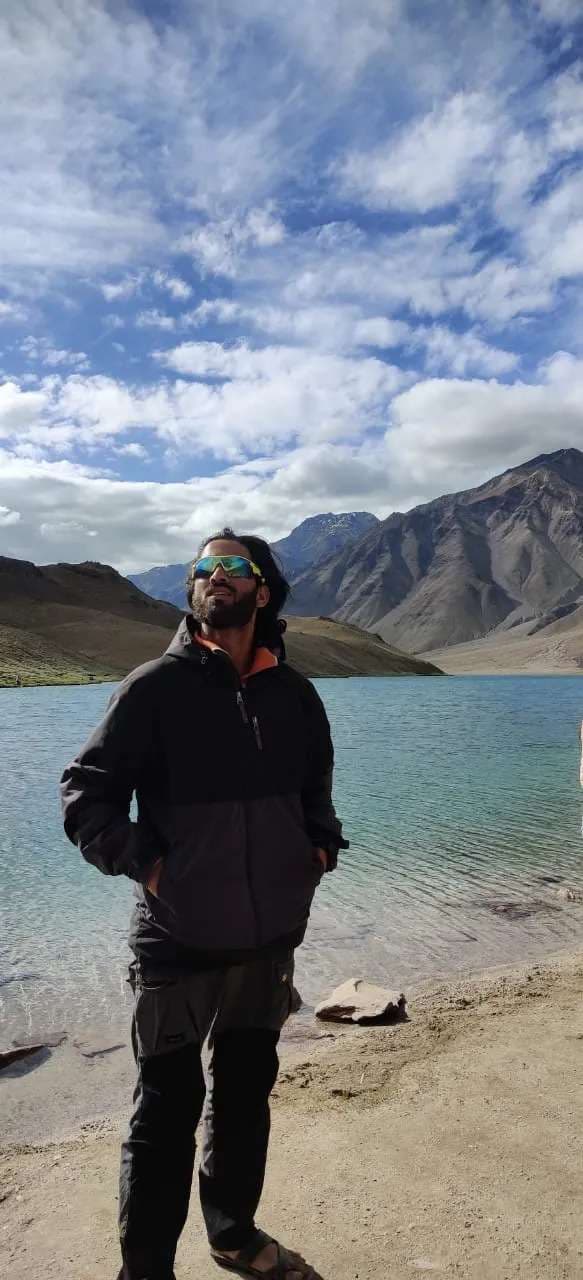
Yashpal
Trek Leader
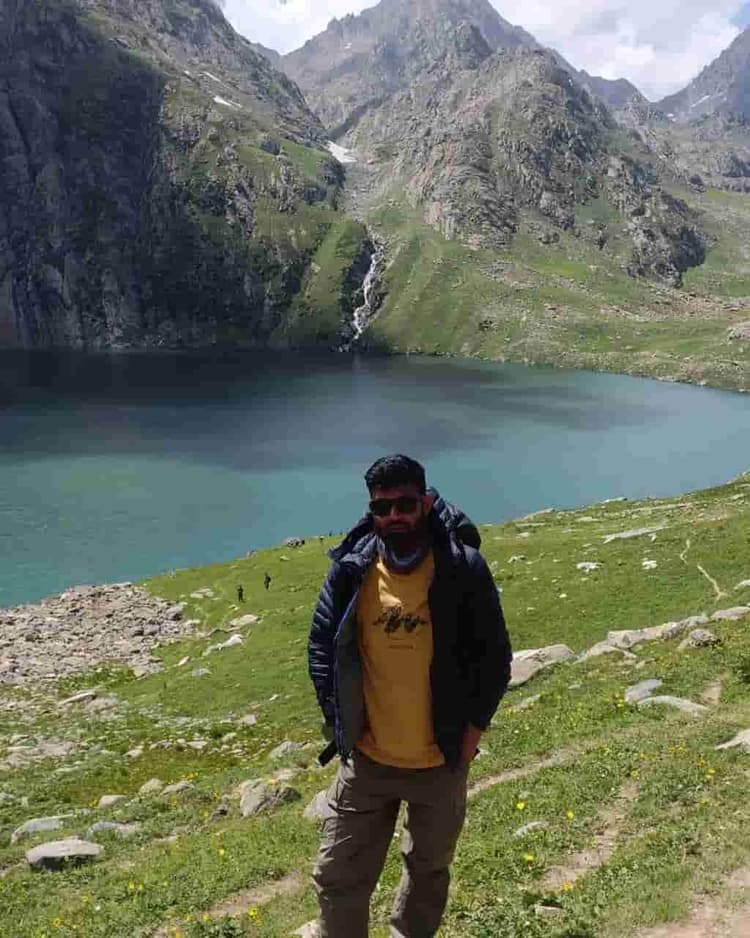
Raghuvir Bisht
Certified Trek Leader
BMC, AMC